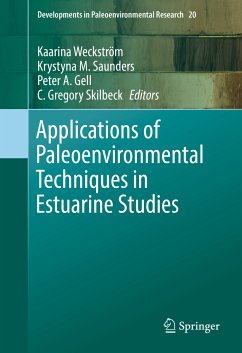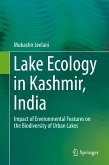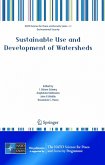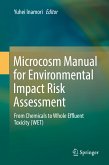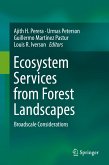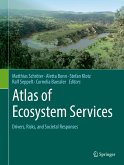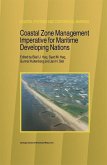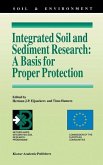The aim of this edited volume is to introduce the scientific community to paleoenvironmental studies of estuaries, to highlight the types of information that can be obtained from such studies, and to promote the use of paleoenvironmental studies in estuarine management.
Readers will learn about the the application of different paleoecological approaches used in estuaries that develop our understanding of their response to natural and human influences. Particular attention is given to the essential steps required for undertaking a paleoecological study, in particular with regard to site selection, core extraction and chronological techniques, followed by the range of indicators that can be used. A series of case studies are discussed in the book to demonstrate how paleoecological studies can be used to address key questions, and to sustainably manage these important coastal environments in the future. This book will appeal to professional scientists interested in estuarine studies and/or paleoenvironmental research, as well as estuarine managers who are interested in the incorporation of paleoenvironmental research into their management programs.
Dieser Download kann aus rechtlichen Gründen nur mit Rechnungsadresse in A, B, BG, CY, CZ, D, DK, EW, E, FIN, F, GR, HR, H, IRL, I, LT, L, LR, M, NL, PL, P, R, S, SLO, SK ausgeliefert werden.

